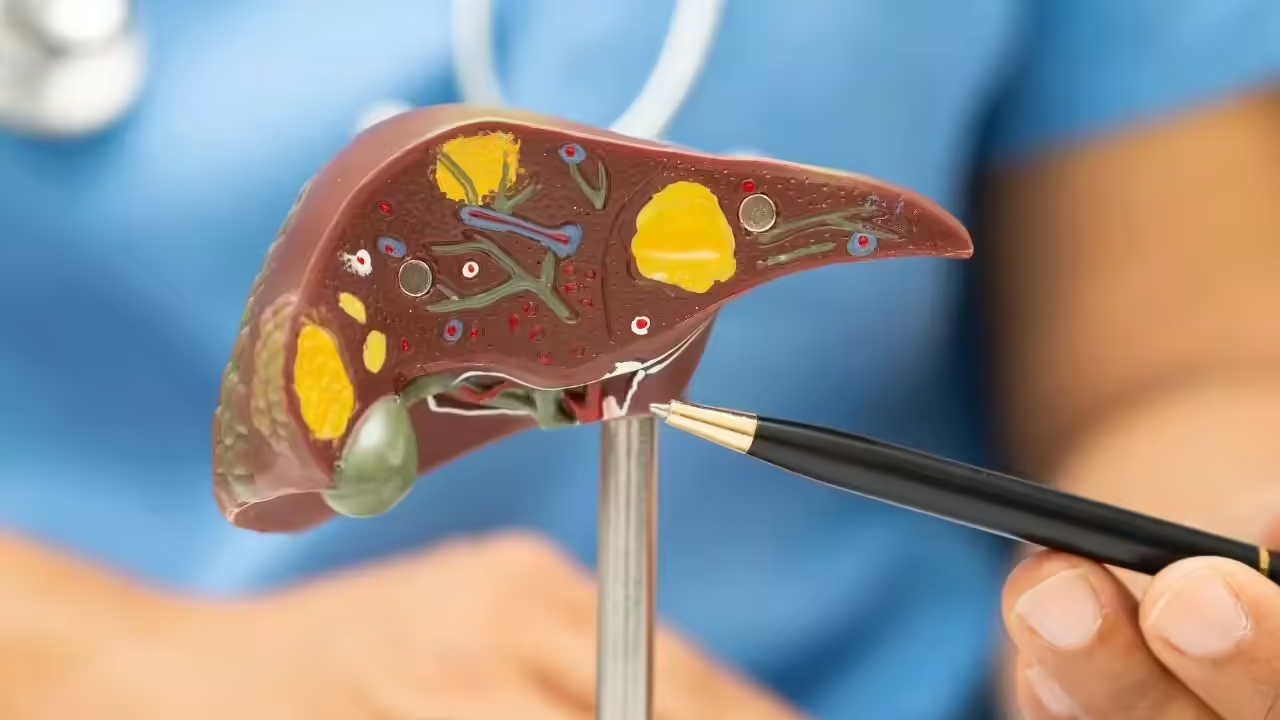For most people, the moment a doctor delivers a diagnosis is a turning point. It can bring an overwhelming sense of relief, fear, validation, or uncertainty. Behind that moment lies a powerful truth: a diagnosis does not simply describe illness; it shapes how patients experience their health. In some cases, naming a condition can help someone feel and function better. In others, it can weigh them down with stigma, anxiety, or even inappropriate treatments.
This paradox — that a word can act almost like a medicine — is increasingly recognized across psychology, neuroscience, and medical practice.
The Psychological Weight of a Name
Humans are pattern-seeking creatures. When something feels wrong in the body or mind, uncertainty often produces more suffering than the symptoms themselves. Patients with unexplained fatigue, chronic pain, or neurological symptoms often endure years of doubt and dismissal. For them, a diagnosis is not just a medical code but a form of validation: proof that what they are experiencing is real.
Studies in mental health care show that patients frequently report feeling “lighter” or more at ease after hearing a name for their struggle — whether it’s depression, ADHD, or an anxiety disorder. That moment can restore a sense of control and diminish fears of something worse. It provides a roadmap, showing that others have walked the same path and that treatment strategies exist.
Diagnosis as a Therapeutic Intervention
The impact of a diagnosis often extends beyond reassurance. It can produce measurable improvements in health. Researchers call this the diagnostic placebo effect, where simply receiving a label and explanation can change how patients perceive pain, fatigue, or distress.
Several mechanisms explain this phenomenon:
- Reduced Uncertainty: Worry about an unknown disease can amplify symptoms. Once a condition is named, anxiety decreases, and physical stress responses may calm.
- Focused Behavior: With a clear diagnosis, patients are more likely to adopt lifestyle changes, adhere to medications, or seek therapy, all of which lead to better outcomes.
- Expectancy Effect: When patients believe they are treatable, their brain’s expectation of improvement can itself drive healing. This is particularly relevant for conditions like irritable bowel syndrome, migraines, or fibromyalgia, where mindset strongly influences symptoms.
- Community & Support: A diagnosis opens doors to support groups, advocacy organizations, and resources. Belonging to a community reduces isolation and boosts resilience.
The Risks of Labels
Yet not every diagnosis helps. In fact, a poorly timed or inaccurate label can become an invisible burden.
- Overdiagnosis and Medicalization: Modern medicine sometimes defines normal variations as diseases, creating anxiety and leading people to treatments they may not need. For example, mild fluctuations in blood sugar or mood can be labeled as disorders, even when they do not pose significant risk.
- Stigma: Mental health conditions, obesity, or sexually transmitted infections often carry negative social connotations. A diagnosis can expose patients to prejudice, discrimination, or self-stigma, discouraging them from seeking help.
- Fixed Identity: Some people begin to see themselves as their diagnosis — “I am bipolar,” “I am diabetic” — rather than as individuals living with a condition. This can limit ambition, foster helplessness, and even worsen symptoms.
- Misdiagnosis: Incorrect labels are among the leading causes of harm in health care. They send patients down the wrong treatment path and may delay discovery of the true cause.
The challenge is balancing the clarity of diagnosis with the humility of uncertainty.
When Diagnosis Heals — and When It Hurts
Research suggests that diagnosis is most helpful when:
- The condition has effective treatments or clear management strategies.
- Patients are empowered with education and agency to take steps toward improvement.
- Doctors communicate with nuance, framing the diagnosis as a tool rather than a life sentence.
Conversely, diagnosis is least beneficial when:
- No proven treatments exist, leaving the patient feeling trapped.
- The condition is poorly understood, such as certain chronic pain syndromes.
- The name carries stigma that outweighs its usefulness.
Lessons from History and Practice
Medicine offers striking examples of the double-edged power of diagnosis.
- Fibromyalgia and Chronic Fatigue Syndrome: Once dismissed as “psychosomatic,” these conditions gained legitimacy with formal diagnoses. Patients reported relief and improved access to care — but some also described feeling trapped by a label that suggested permanence.
- ADHD in Children: Diagnosis has allowed millions of children to access educational support and treatment, improving outcomes. Yet concerns remain about overdiagnosis and stigmatization.
- The Rosenhan Experiment: In the 1970s, psychologist David Rosenhan had healthy volunteers admitted to psychiatric hospitals after faking symptoms. Despite acting normally once admitted, they were still treated as mentally ill. The experiment showed how powerfully a label shapes perception — even when symptoms no longer match.
A Future of “Gentle” Diagnosis
Many clinicians now advocate for what some call gentle diagnosis: offering patients the benefits of a label while maintaining openness and flexibility. Instead of declaring a condition as fixed, doctors can frame it as a “working diagnosis” that guides treatment but may evolve.
Technology may help. With advances in genomics, imaging, and AI, diagnostic categories will likely become more precise, reducing the risk of mislabeling. But precision will not erase the psychological impact of diagnosis. The act of naming will always carry weight.
For medicine to serve patients best, diagnoses should be treated not only as clinical tools but also as therapeutic interventions in themselves — capable of healing when applied thoughtfully, and of harming when delivered without care.
Final Thought
Can a diagnosis make you better? In many cases, yes — but only when paired with compassion, clarity, and a pathway forward. A diagnosis is not an end point; it is a beginning. It can lift a patient into empowerment or lock them into limitation. The challenge for modern medicine is to ensure that naming illness always opens doors rather than closes them.
















Leave a Reply